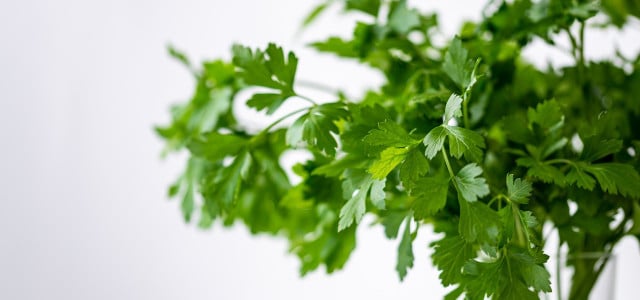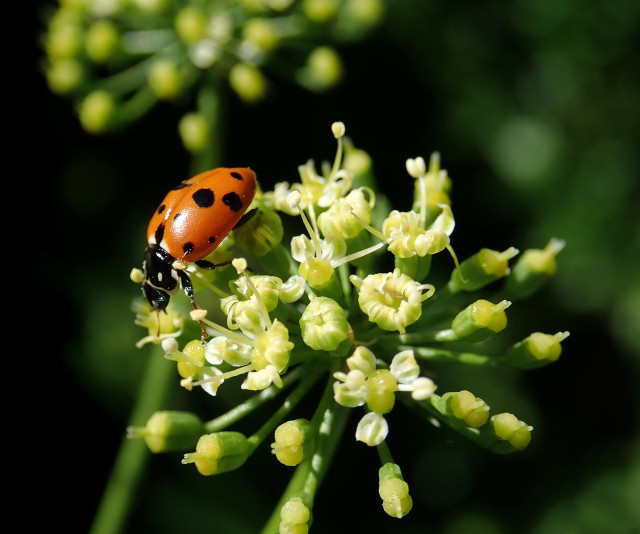
The title “Poisonous Plant of the Year 2023” went to parsley, a popular culinary herb with an unknown dark side. You can find out why you can still consume the herb carefree here.
It is a herb that is particularly popular in German cuisine – and at the same time the poisonous plant of the year 2023: parsley. The inconspicuous condiment received this title from the Wandsbek Botanical Special Garden, which has been using the award for 19 years to draw attention to the lesser-known dark side of plants.
For the second time in a row, a popular food plant has won the public vote. In 2022 it was the potato. This year, parsley even made it to first place, ahead of the much better-known poisonous plants oleander and poppy. But parsley is only really harmful if used incorrectly.
Poisonous plant 2023: why is it parsley?

(Photo: CC0 / Pixabay / Buntysmum)
Parsley is healthy: Among other things, it provides a lot of vitamin C, which strengthens our immune system, vitamin K, which makes the bones stable, and iron, a trace element essential for oxygen transport. Fortunately, you don’t have to do without these health-promoting nutrients from parsley, because eating the parsley leaves is completely harmless, according to the Wandsbek district. You can continue to use the leaves in all kinds of parsley dishes.
Parsley received the title “Poisonous Plant of the Year 2023” because of another part of the plant: its flowers. As a biennial plant, parsley forms a rosette in the first year, from which flower stalks up to 70 centimeters high develop in the second year. The inconspicuous yellow-green flowers are arranged in umbels and form seeds. These are not suitable for consumption. They contain parsley oil, in which the toxins apiol and myristicin are present in high concentrations, according to the Wandsbek district.
These substances are found in all parts of the parsley plant and are responsible for the aromatic taste and characteristic smell of parsley, explains Andreas Schaller, Director at the Institute for Physiology and Biotechnology of Plants at the University of Stuttgart-Hohenheim, to the Rheinische Post. However, they are much more concentrated in the seeds and are therefore harmful to health.
How dangerous is parsley?

(Photo: CC0 / Pixabay / guvo59)
For example, apiol is a substance that can act on the smooth muscle fibers of the bladder, intestines and uterus. According to the Wandsbek district, parsley oil was therefore used for abortive purposes in the past. For women, however, an overdose of the oil was sometimes fatal.
In addition, a study found that large amounts of apiol are carcinogenic, according to Andreas Schaller. However, the World Health Organization has concluded that when you eat parsley you are consuming about 10,000 times less than the dangerous dose.
Therefore, according to the ecotrophologist Reinhild Holzkamp, the consumption of parsley leaves in normal household quantities is not only harmless, but also healthy due to the many nutrients in the herb. However, she explained to the Rheinische Post that parsley should no longer be eaten once it begins to bloom. And even after the flowers have faded, the apiol content in the leaves and stems is increased.
If you accidentally eat parsley seeds and notice symptoms of poisoning such as cramps, we recommend that you seek medical attention immediately.
Read more on Techzle.com:
- Planting and caring for parsley: This is how it grows in pots or in the garden
- Harvesting parsley: the right cut and time
- Flat-leaf parsley: This is what distinguishes it from curly parsley